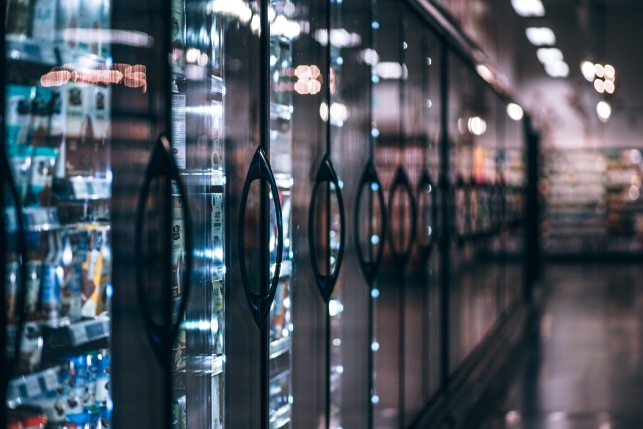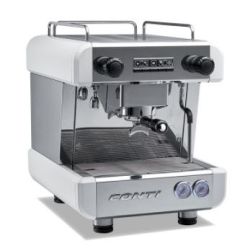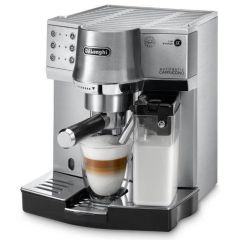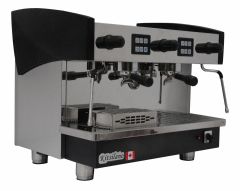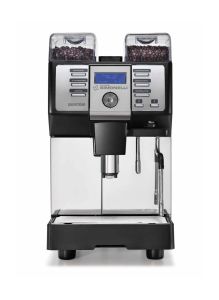
In this article, we break down the differences between these coffee machines so that you can choose which is perfect for your budget, lifestyle, and preferences.
Types of Coffee Machine
Filter Coffee Machines
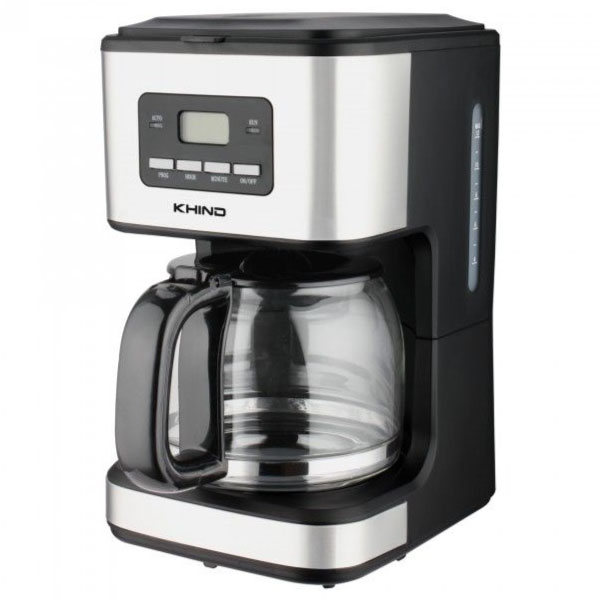
Filter coffee machines are simple to use and also relatively cheap. The low price doesn't mean they can't make excellent coffee, but they lack advanced features and can only make black coffee.
A filter machine works by dripping water slowly through ground coffee into a cup or jug. They are often available for less than RM250 (although more expensive models may cost a bit more) making them a great choice for coffee-lovers on a tight budget.
An advantage of filter coffee machines is they can brew for more people at the same time. Many models can make up to 12 cups of coffee in one cycle, making them ideal for large families or parties.
Pros
- ✔ Excellent value for money
- ✔ Great for large families
- ✔ Can use any ground coffee beans
Cons
- ✖ Filter machines can only produce black coffee
- ✖ Coffee isn't freshly ground
Capsule or Pod Coffee Machines
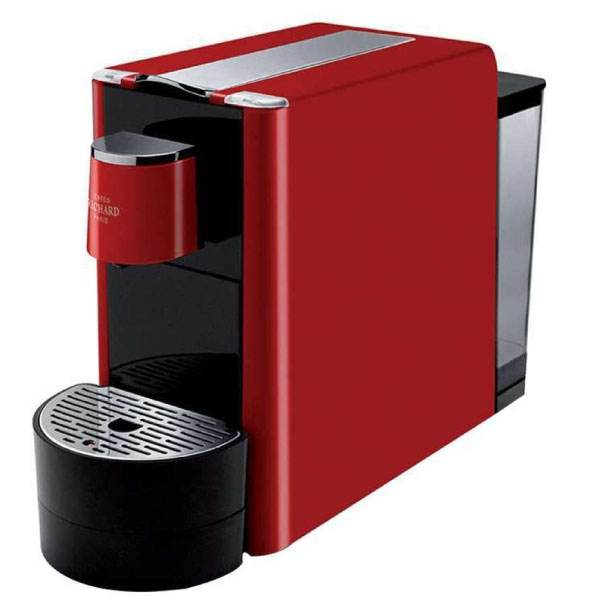
Pod coffee machines are convenient for quick coffee with a variety of types. You just need to slot a capsule into the machine, click start and wait for your coffee to be ready.
Each pod contains hermetically sealed roasted or ground coffee beans. The machines can only make coffee from these pods - you cannot use fresh beans or pre-ground coffee.
The biggest downside to capsule coffee machines is you are limited to pods made by the machine's manufacturer. The pods are also an expensive way to buy coffee. Even so, if you just want to make the occasional coffee for one or two people then a pod machine might be a good option. They aren't the most cost effective type of coffee maker though.
Pros
- ✔The machines provide great value
- ✔ Pods are very convenient
- ✔ Can buy a variety of coffee types
Cons
- ✖ Limited to pods made by manufacturer
- ✖ Pods are expensive in the long-run
- ✖ Coffee isn't freshly ground
Traditional Espresso Machines
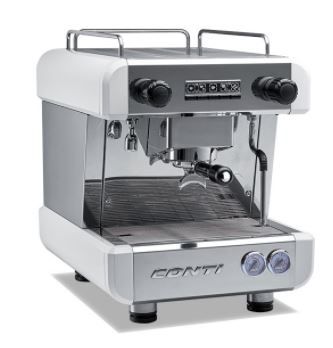
For making espresso using a variety of pre-ground coffees, an espresso machine may be the best option.
They are cheaper than bean-to-cup machines (because they cannot grind fresh coffee beans) and their size are smaller due to the lack of a grinder. Unlike pod machines, you can use any brand of ground coffee.
One of the advantages of an espresso machine is that they allow you to customise your coffee. This is achieved by changing the amount of water and coffee. While this is great for coffee-enthusiasts, if you just want a quick coffee a capsule machine is less hassle.
The downside is that espresso machines only use pre-ground coffee. Coffee is not as fresh as espresso made with a bean-to-cup maker.
Pros
- ✔ Cheaper than bean-to-cup
- ✔ Use ground coffee from any brand
- ✔ Allow for coffee customisation
Cons
- ✖ Not as convenient as capsule machines
- ✖ Coffee isn't freshly ground
Bean-to-Cup Coffee Machines
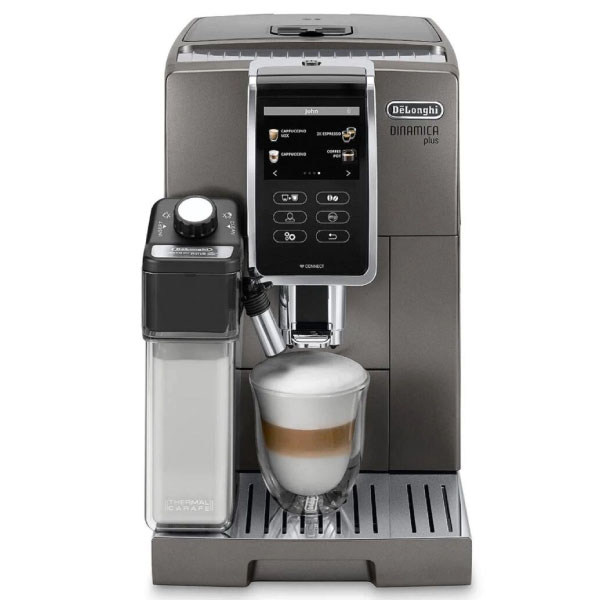
Bean-to-cup coffee machines are for the real coffee-enthusiast. These machines grind coffee beans whenever you need it, so your espresso will always be fresh. Many also come with a milk frothing function for producing cappuccino or latte.
Aside from making the freshest coffee, they are usually simple to use. Many come with a variety of customisation options, such as grinding coarseness, water temperature and coffee strength. Most also allow you to use ground coffee if you run out of beans or want a decaf.
The main downside to a bean-to-cup coffee machine is the price. While there are some excellent models available for less than RM3,000, such as the Delonghi Fully Automated Coffee Machine (Maestosa) ECAM250.33.TB, they can cost up to RM16,500 for the most advanced models.
Pros
- ✔ The freshest coffee
- ✔ Extensive customisation options
- ✔ Can often make cappuccino and latte
Cons
- ✖ More expensive than other types
- ✖ Can be bulky machines


